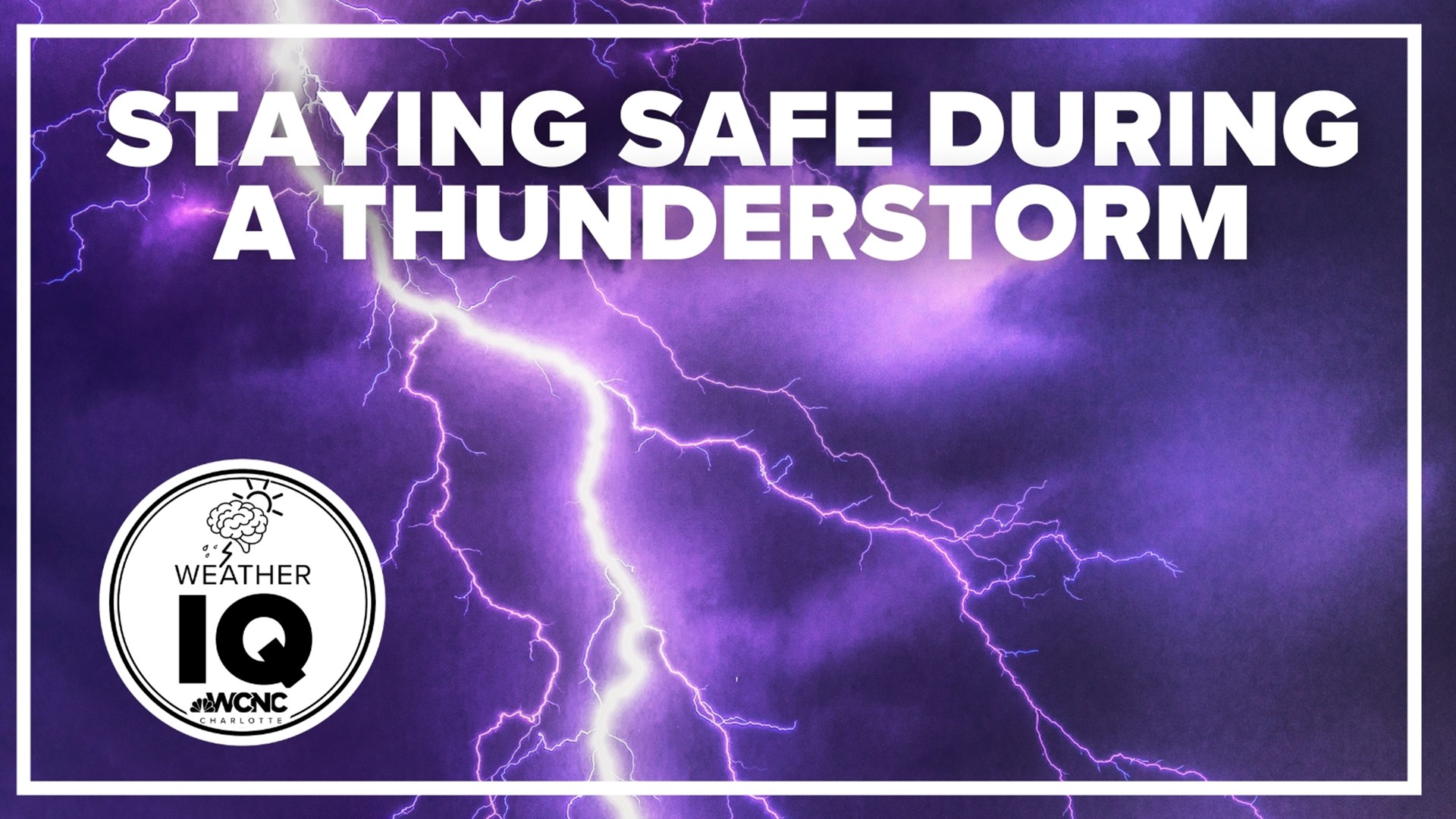CHARLOTTE, N.C. — At any given moment, up to 2,000 thunderstorms are active across the world, and 10% of all storms turn severe.
Those severe storms can dump massive amounts of rain, flooding neighborhoods in seconds. Large hail is a nuisance to plants and property. Lightning turns the sky into a dangerous light show.
But the winds can be the most treacherous.
Wind is wind
No matter if it is a tornado or straight-line winds, the same damage can be done.
A majority of wind reports for the greater Charlotte area come from straight-line winds, which are simply winds that do not rotate.
When a thunderstorm is capable of producing winds at 58 mph or greater or hail an inch in diameter or greater, a severe thunderstorm warning will be issued. If that storm shows signs of tight rotation, likely a tornado warning will be issued.
This happens the most during severe weather season which is from March until June in the Carolinas
The four types of thunderstorms
Most begin as single-cell thunderstorms that are usually isolated and weaker in nature.
Multi-cell cluster thunderstorms are when clusters of thunderstorms grow across an area. This is common in Charlotte.
For the latest weather alerts, download the WCNC Charlotte mobile app and enable push notifications.
Squall lines are where thunderstorms form an organized line that can extend for miles. This is often responsible for widespread wind damage. When these start to bow, they turn into bow echoes.
But sometimes this line is not completely straight, and tornadoes can spin up in the kinks along the line. This is the most common way tornadoes form in the Carolinas. These are known as QLCS tornadoes.
And lastly, the most dangerous thunderstorms are supercells.
These are massive rotating thunderstorms which have the highest chance for producing a tornado. Tornadoes from a supercell are far stronger and last longer.
What to do during a thunderstorm
During a thunderstorm, no matter how intense, you need to get indoors immediately when you first hear thunder. Stay away from windows. The most interior part of your home is safest. During active lightning. Electricity can travel into the home via water and wiring, so avoid handling electronic devices plugged into the wall and showering until the storm passes.
WCNC Charlotte’s Weather IQ YouTube channel gives detailed explainers from the WCNC Charlotte meteorologists to help you learn and understand weather, climate and science. Watch previous stories where you can raise your Weather IQ in the YouTube playlist below and subscribe to get updated when new videos are uploaded.

